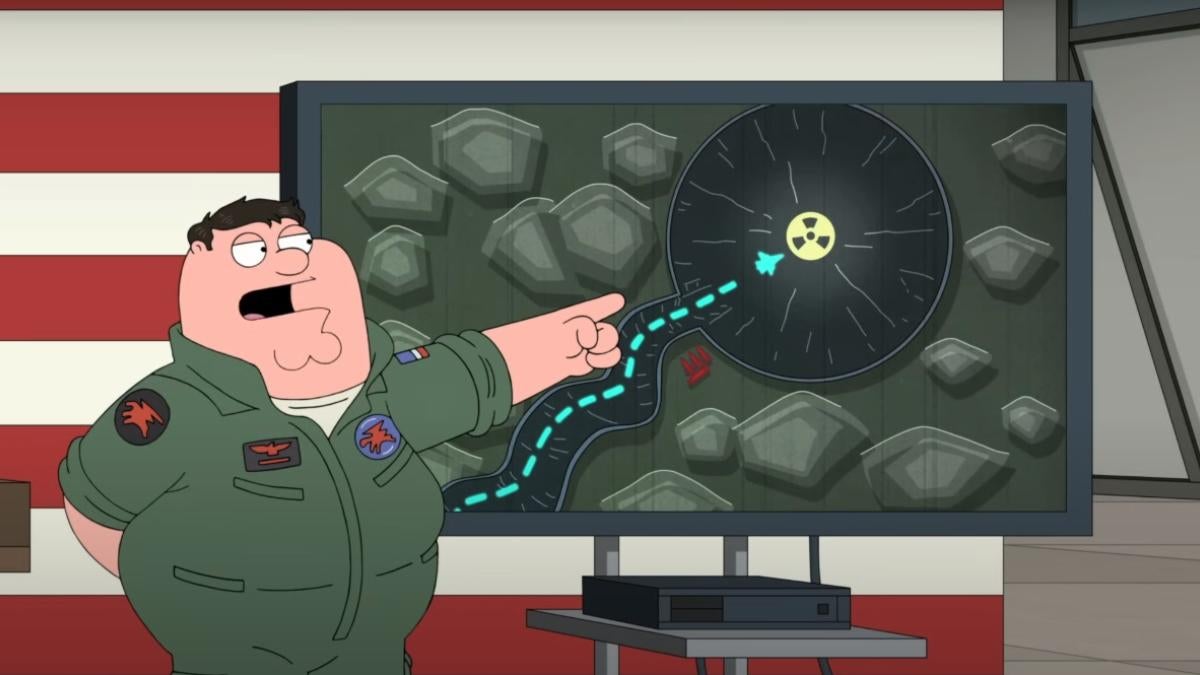NASA's Massive New Telescope Arrives at Launch Site
One of NASA's largest projects ever has arrived at its launch site. After a two-week,1,500-mile voyage from California through the Panama Canal and onward to northeastern South America, the James Webb Space Telescope arrived in French Guiana, where it will be launched later this year. The telescope, one NASA says is the world's largest and most complex space observatory, will be carefully unloaded from the MN Colibri and carefully driven to Europe's Spaceport in Kourou. There, it will undergo two months of preparations before being launched in space in December.
The launch aboard an Ariane 5 rocket is currently scheduled for December 18th.
"The James Webb Space Telescope is a colossal achievement, built to transform our view of the universe and deliver amazing science," NASA Administrator Bill Nelson said in a press release. "Webb will look back over 13 billion years to the light created just after the big bang, with the power to show humanity the farthest reaches of space that we have ever seen. We are now very close to unlocking mysteries of the cosmos, thanks to the skills and expertise of our phenomenal team."
✅ Closer to launch! Our @NASAWebb Space Telescope has arrived in French Guiana for its scheduled Dec. 18 liftoff.
— NASA (@NASA) October 12, 2021
From California, through the Panama Canal, to South America – get the details on Webb's ~5,800-mile (~9,300 kilometer) voyage: https://t.co/xdVXQJ6JvU pic.twitter.com/7OUOXUFcdS
The James Webb Space Telescope is the spiritual successor to the Hubble Space Telescope, which has been capturing cosmic data for NASA and other space agencies since 1990. Despite NASA taking the lead on the project, it's a collaborative effort alongside the space agencies of both Europe and Canada.
"A talented team across America, Canada, and Europe worked together to build this highly complex observatory. It's an incredible challenge – and very much worthwhile. We are going to see things in the universe beyond what we can even imagine today," said Thomas Zurbuchen, associate administrator for NASA's Science Mission Directorate in Washington. "Now that Webb has arrived in Kourou, we're getting it ready for launch in December – and then we will watch in suspense over the next few weeks and months as we launch and ready the largest space telescope ever built."
With cutting-edge technology and instruments onboard, it's NASA's hope to see parts of the cosmos so far away, the light is still traveling from the earliest days of the universe.
"Webb's arrival at the launch site is a momentous occasion," Gregory Robinson, Webb Telescope program director at NASA Headquarters, added. "We are very excited to finally send the world's next great observatory into deep space. Webb has crossed the country and traveled by sea. Now it will take its ultimate journey by rocket one million miles from Earth, to capture stunning images of the first galaxies in the early universe that are certain to transform our understanding of our place in the cosmos."




